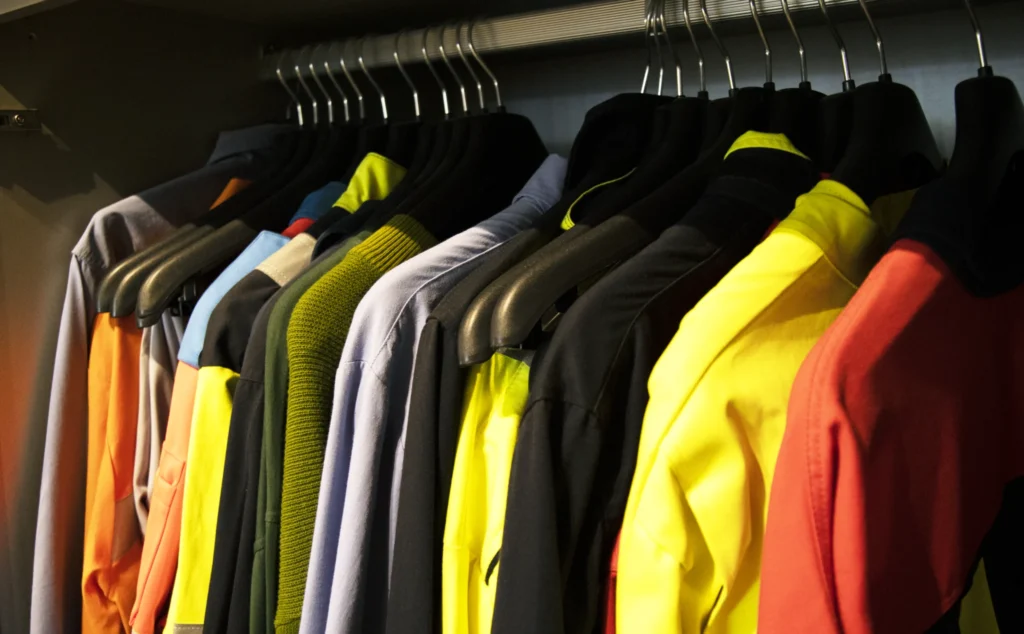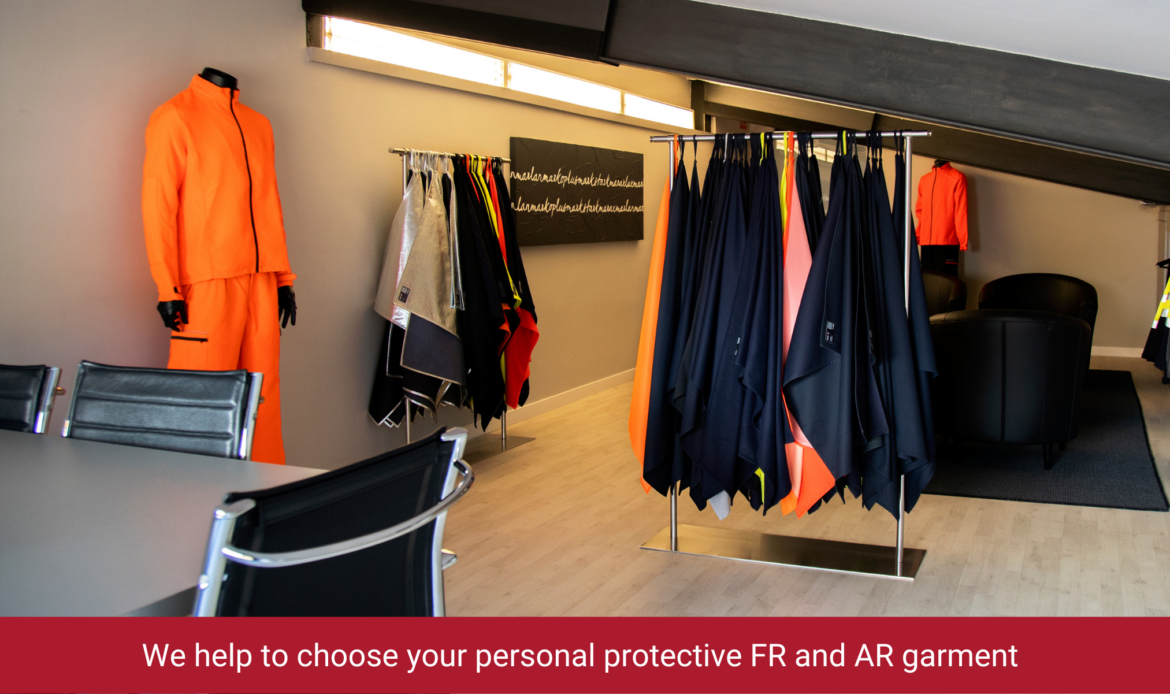4 TIPS TO CHOOSE A PERSONAL PROTECTIVE FR (Flame Resistant) And AR (Arc Rated) GARMENT

1. WHAT TYPE OF REGULATIONS OR STANDARDS ARE IN EACH CASE
All risk implies European, international, Chinese, American, and Russian regulations, norms, and standards where the FR (flame retardant) and AR (arc rated) garments and fabrics are tested and certified.
Such as: EN11612 tests the behavior of protective fabrics and garments against fire, flame and heat; NFP70E / ASTM F1959 tests the behavior of protective fabrics and garments against an Electric Arc in open space “Open Arc”, etc.
All personal protective FR and AR clothing, as well as the components that compose it (fabric, zippers, retro-reflective bands, etc.), must comply with the regulations required for each case and be certified in official laboratories where they issue, control, test, and attest that the regulations are in compliance.
To provide a better guarantee and coverage to the end user, the laboratories in Category III of Protective Clothing make sure that the manufacturing process, fabrics, garments, etc. always adhere to the original pattern from the start of the certification for a validity of 5 years. This ensures that the specified materials always remain the same throughout the manufacturing and supply chain.
A good audit report will also include a good recommendation of the regulations to be followed for workplace protective clothing. However, every day and more, there is a growing need on the part of the end user for advice on our part in this regard.
2. IN WHAT SEASON WILL THEY BE USED?
Depending on the climatic conditions of the type of work, it is convenient to have some guidelines, such as the following:
Winter:
Apart from complying with the FR / AR regulations, it is recommended for the winter season that the solutions can protect against cold temperatures (if they exist).
As a result, the majority of solutions are multi-layer FR or AR: a winter jacket and trousers with padding; a light sweater, jacket, or shirt; and knitted underwear.
All the layers must be protected against the flame (FR) and if they must comply with the electric arc regulations (Box Test, or Open Arc) they must be suitably marked in the informative note (if they have been tested jointly or separately).
Summer:
Prioritize lightweight, breathable garments that help the worker stay cool and comfortable.
Spring and Autumn:
Use fireproof fabrics and garments that can protect against climatic agents such as wind or rain. Protective garments against rain, cold, flame must be produced using a multinorm waterproof FR /AR fabric, and heat-sealing properties will be needed once you certify EN343.
Nowadays, softshell garments are winning more and more prominence when we talk about protection against strong wind. (For example, wind farm maintenance due to their work at height.) Do not rely on your own judgment; instead, seek advice from a reputable workwear manufacturer as well as a reputable fabric manufacturer (protective AR or FR fabrics); technical fabrics such as those from Marina Textile, where multilayer fabrics provide full guarantee of compliance with fire regulations, FR flame, electric arc (AR), and very good protection against high-speed winds.
3. WHAT TYPE OF FR / AR FABRICS SHOULD WE USE?
There are currently non-permanent fabrics (chemically treated) that are of less expensive but also less durable. Fabrics with inherent flame retardant properties due to their molecular composition will provide permanent protection, and their durability will be longer.
4. WHAT ARE THE BEST FIBERS TO GUARANTEE INHERENT, PERMANENT PROTECTION?
The fibers where you will not need to worry about their inherence are the following: Meta-Para Aramids, Viscose FR, Modacrylic or Polyacrylic FR, Oxidized PAN, Vynal, Carbon, Polyamides High tenacity and Trevira are among the main ones.
Many of them are used in our daily production of our FR and AR Marina Textil fabrics. Fibers like acetate, cotton, polyester, polyamides, polypropylene, wool, acrylic, lyocell, silk, and elastane are not flame retardant.
At Marina Technical Textil we have solutions for protection against the following hazards: molten metal splashes, small spatters in welding, chemical spreads, cement-ferrous projections, flashfire, structural fire, bush fire, electric arc flash, combustible dust, flammable gases, Atex zones, monochromatic spaces with road traffic, deflagrations, electrostatic charges, and more.

Deprecated: implode(): Passing null to parameter #1 ($separator) of type array|string is deprecated in /var/www/vhosts/marinatechnicaltextiles.com/httpdocs/wp-includes/category-template.php on line 1377
Tagged arc ratedfabricsfibersflame resistantgarmentpermanent protectionprotectivestandards

